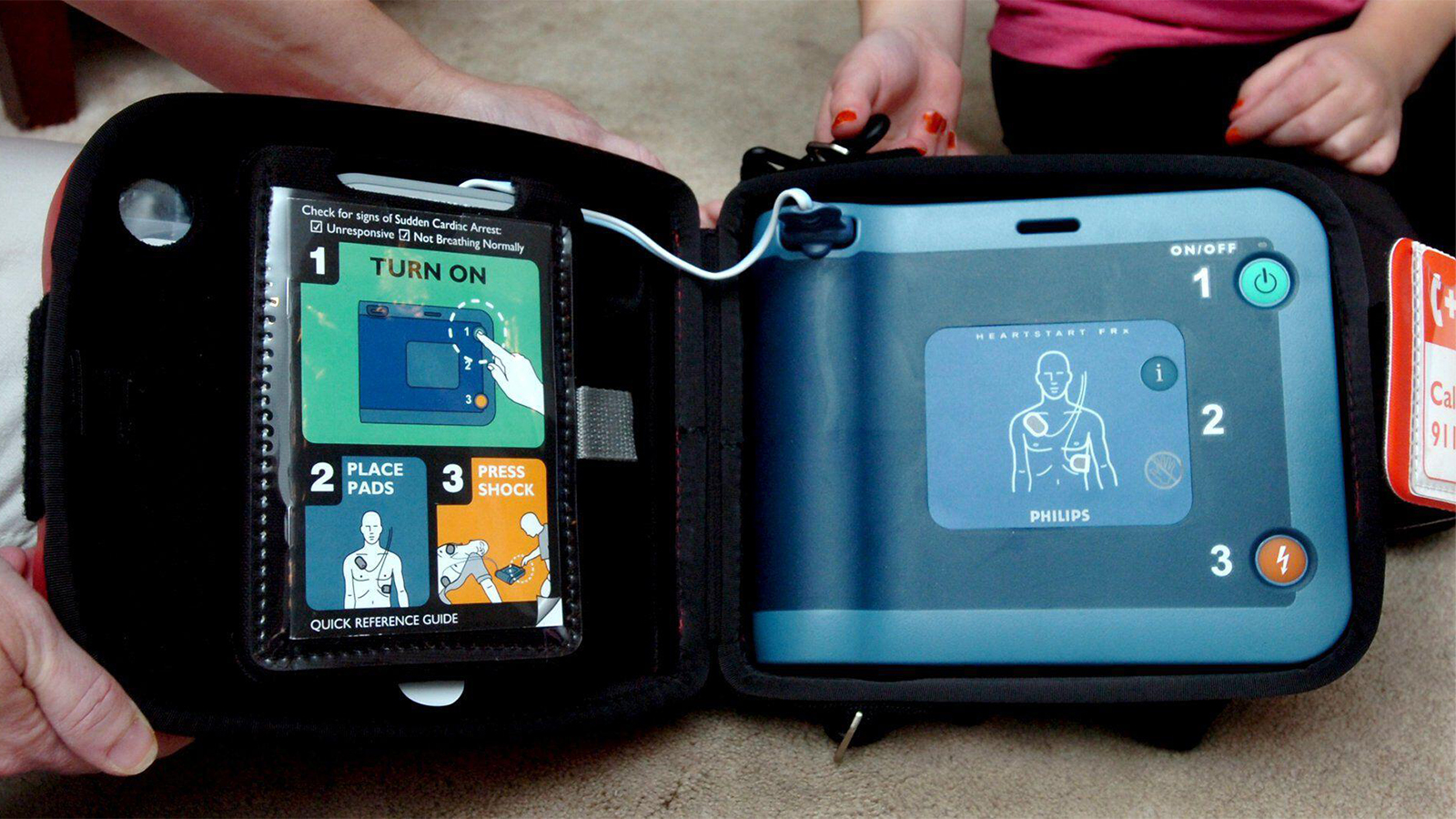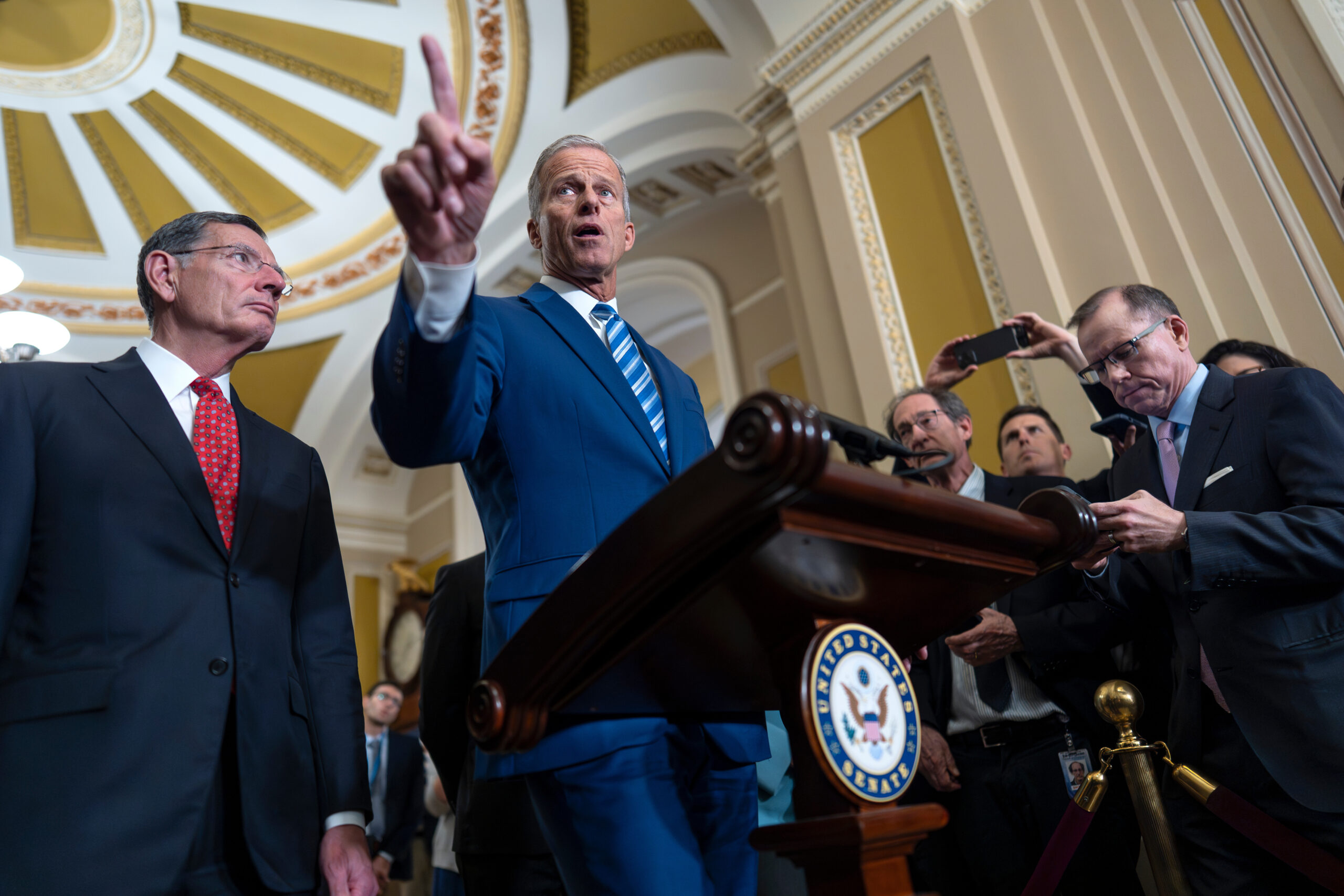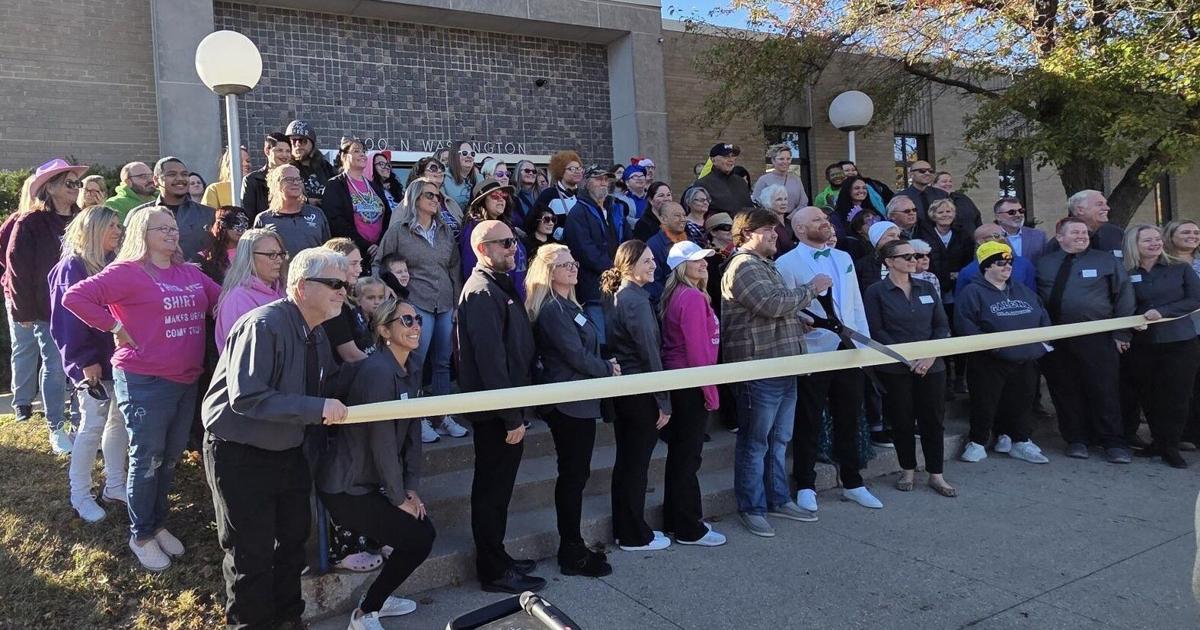Recent findings indicate that having an automatic external defibrillator (AED) in private homes can significantly enhance survival rates for individuals experiencing certain types of cardiac arrest. Despite this potential benefit, a comprehensive health economic study suggests that equipping all homes with these devices may not be a cost-effective strategy.
The research, published by MedPage Today, highlights the crucial role of AEDs in responding to out-of-hospital cardiac arrests. With approximately 350,000 such incidents occurring annually in the United States alone, the availability of AEDs could make a difference in numerous lives. The study indicates that immediate access to an AED increases the chances of survival by more than 60% when used promptly.
Despite the clear advantages in survival rates, the study’s authors emphasize the need for a balanced approach. The economic analysis suggests that while AEDs are life-saving tools, the overall costs associated with widespread home installation may outweigh the benefits. The average cost of an AED ranges from $1,200 to $2,500, coupled with maintenance expenses and training requirements for effective use.
Cost-Effectiveness of Widespread AED Use
The study, supported by data from the National Institutes of Health (NIH) and the American Heart Association (AHA), examined various scenarios related to AED deployment in private homes. It concluded that while a targeted approach—such as placing AEDs in high-risk areas like sports facilities or densely populated neighborhoods—might prove beneficial, a blanket mandate for all households is less justifiable financially.
Moreover, the analysis highlighted that only a fraction of cardiac arrests occur in settings where an AED could be readily available. The majority of incidents happen in private residences, where the time taken to access emergency medical services can be critical. Thus, while the presence of an AED in homes can save lives, the economic model does not support universal adoption at this time.
Implications for Public Health Policy
These findings raise important questions for public health policy. As more communities consider initiatives to improve emergency response capabilities, the focus may need to shift towards education and training on CPR and AED use rather than solely on device distribution. Increasing public awareness about the importance of rapid response in cardiac emergencies could help maximize the effectiveness of existing resources.
In conclusion, while home defibrillators can improve survival rates for cardiac arrest victims, the current economic analysis indicates that a one-size-fits-all approach is not the most effective strategy. Policymakers are encouraged to consider targeted deployment alongside robust training programs to ensure that those at risk receive the best possible chance of survival in critical situations.







